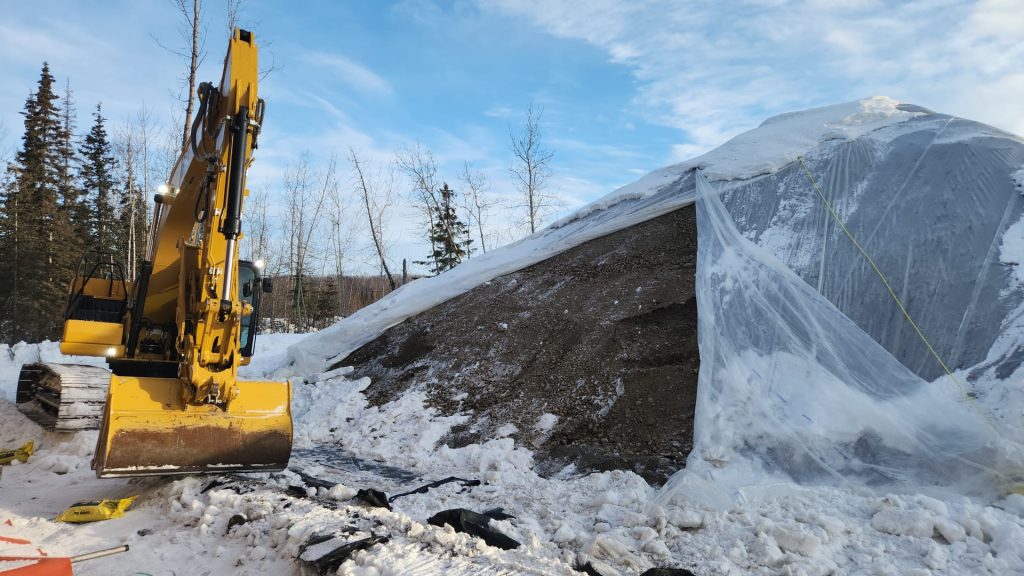The U.S. Environmental Protection Agency (EPA) has designated some common per- and polyfluoroalkyl
substances (PFAS) compounds as hazardous substances, regulated under CERCLA. While the environmental
community has focused on reducing the exposure risks associated with PFAS-impacted groundwater, most of the contaminant mass remains in the soil column. Further, transport from the soil through the capillary fringe to groundwater is highly complex, as these compounds tend to accumulate at phase interphases. While excavation and off-site disposal is a potential solution, the costs can be prohibitive. Moreover, the generator of the
hazardous substances retains liability. Further, due to heightened threats from autocratic regimes, the pace of military construction activities, including runway expansions and building of aircraft facilities, has increased
substantially. As much of the soil is impacted with PFAS, the installations pile the soil, with volumes often
exceeding 100,000 cubic yards. With all of this in mind, thermal conduction heating of PFAS-impacted soil should be considered a viable solution.

As laboratory-scale thermal treatment studies conducted by TRS Group (TRS) at temperatures between 350 and 400 degrees Celsius (oC) have demonstrated removal of PFAS compounds to near non-detect concentrations, the U.S. Department of Defense (DOD) has shown great interest in thermal conduction heating of PFAS from impacted soils.
Funded by DOD’s Environmental Security Technology Certification Program (ESTCP), TRS has completed a small field-scale, ex-situ, thermal treatment of PFAS in soil demonstration in December 2021 at Eielson Air Force Base in Fairbanks, Alaska, and an in-situ demonstration at Beale Air Force Base in California in June 2023. Currently, TRS is thermally treating PFAS from a 2,000 cubic yard soil pile at Joint Base Elmendorf-Richardson (JBER) in Anchorage, Alaska. This ESTCP-funded project is in partnership with DOD’s Defense Innovation Unit (DIU).

These are the first field-scale thermal treatment projects that focus on providing a thorough
understanding of using thermal conduction heating for PFAS removal from soil. The insights TRS Group gains from these studies will serve to identify the fate of PFAS precursors and by-products, will lead to optimizing thermal conduction heating technologies at temperatures exceeding 400⁰C, and will allow TRS to scale the process cost-effectively to meet the needs of our clients.





